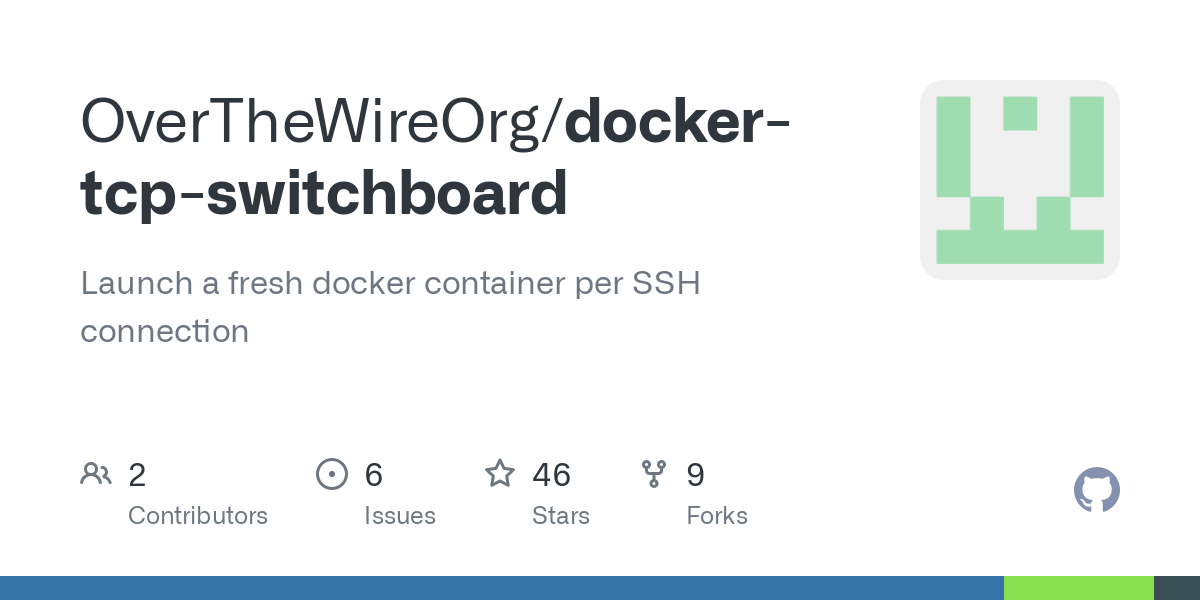

Probably not an issue, but you should check. If the port opened is something like 127.0.0.1:portnumber, then it’s only bound to localhost, and only that local machine can access it. If no address is specified, then anyone with access to the server can access that service.
An easy way to see containers running is: docker ps, where you can look at forwarded ports.
Alternatively, you can use the nmap tool to scan your own server for exposed ports. nmap -A serverip does the slowest, but most indepth scan.

Documentation people don’t read. People expect, that, like most other services, docker binds to ports/addresses behind the firewall. Literally no other container runtime/engine does this, including, notably, podman.
Too bad people don’t read that advice. They just deploy the webtop docker compose, without understanding what any of it is. I like (hate?) linuxserver’s webtop, because it’s an example of the two of the worst footguns in docker in one
To include the rest of my comment that I linked to:
You originally stated:
And I’m trying to say that even if that was true, it would still be better than a footgun where people expose stuff that’s not supposed to be exposed.
But that isn’t the case for podman. A quick look through the github issues for podman, and I don’t see it inundated with newbies asking “how to expose services?” because they assume the firewall port needs to be opened, probably. Instead, there are bug reports in the opposite direction, like this one, where services are being exposed despite the firewall being up.
(I don’t have anything against you, I just really hate the way docker does things.)